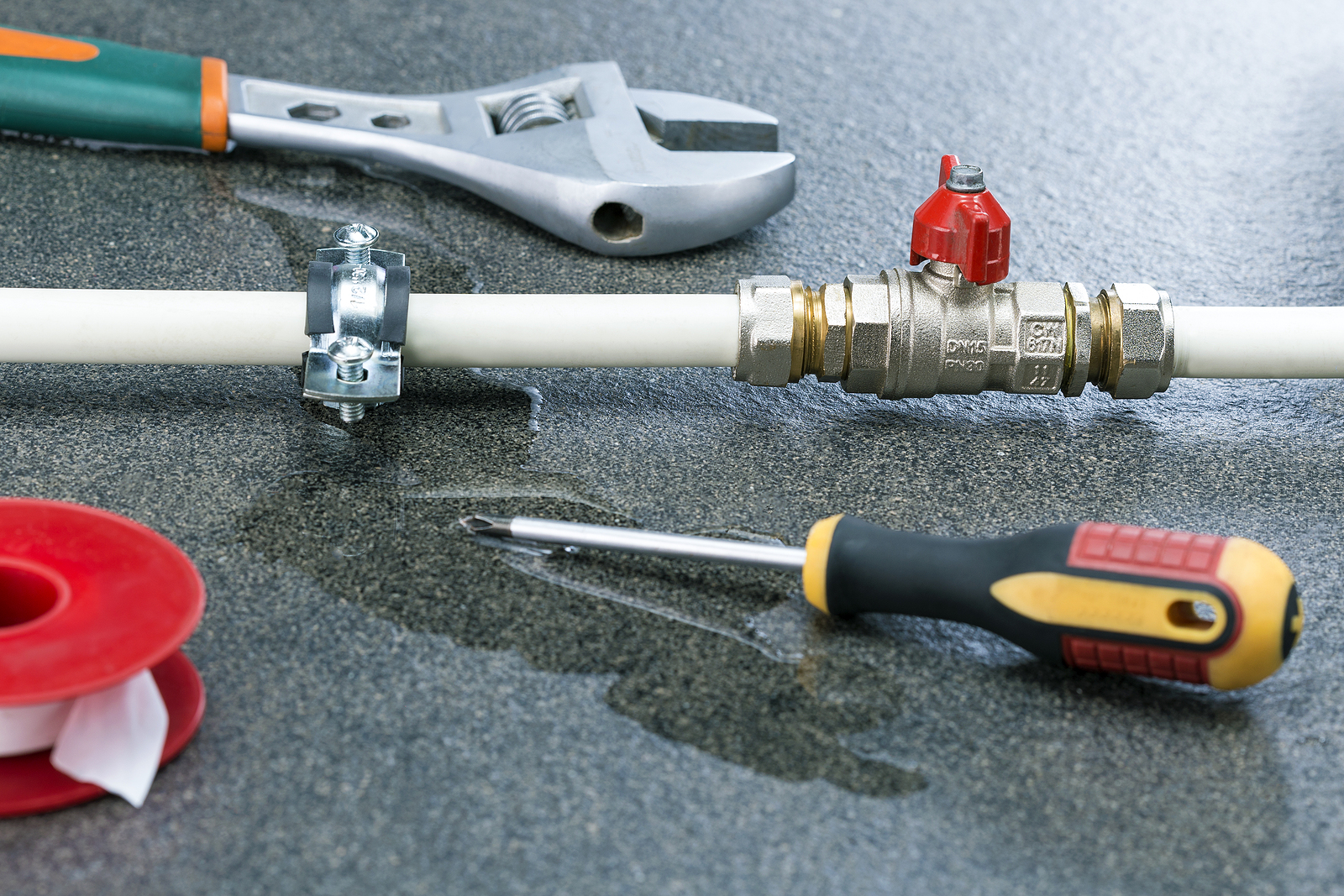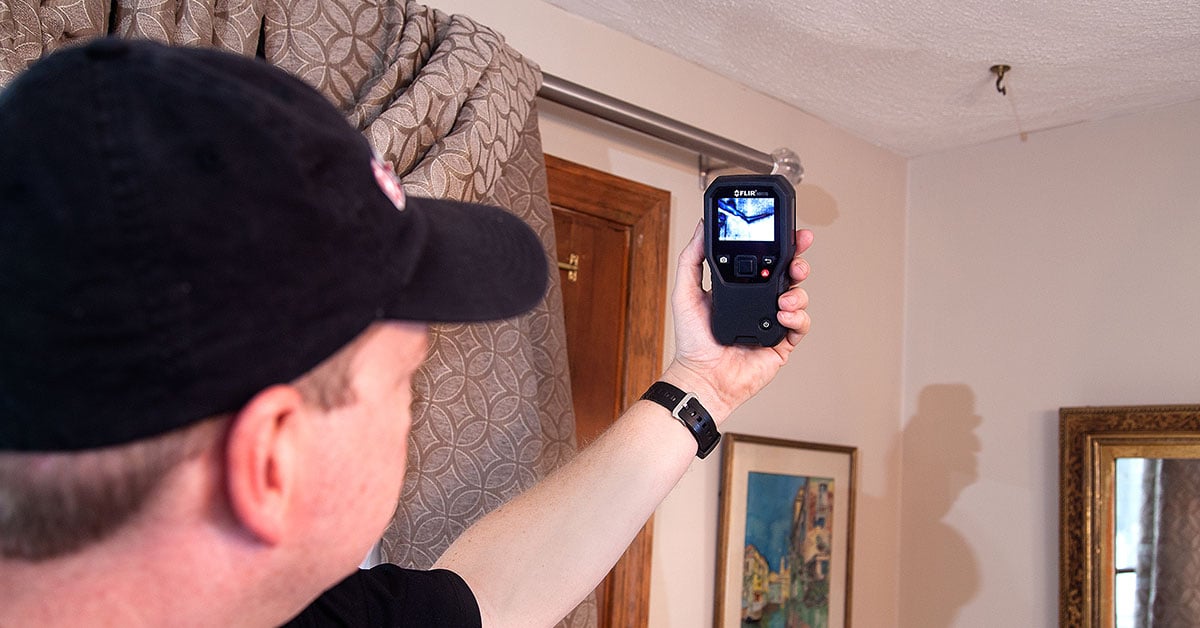In this article down the page you might get a bunch of good quality additional info involving Hacks to detect leaks.

The minute you find a leak, calling your plumber for repairs is the best solution. However, some tiny water leaks might not show up. If you can not spot it with your naked eyes, below are some hacks that aid.
Early detection of dripping water lines can alleviate a prospective disaster. In addition to saving you cash, it will certainly lessen the worry and also aggravation.
Inspect Water Usage
If you detect unexpected modifications, in spite of your usage being the same, it means that you have leakages in your plumbing system. An unexpected spike in your bill shows a fast-moving leakage.
A constant boost every month, also with the exact same practices, shows you have a slow-moving leak that's also gradually intensifying. Call a plumber to completely check your residential property, particularly if you really feel a cozy area on your flooring with piping beneath.
Inspect and also Evaluate the Scenario
House owners must make it a habit to inspect under the sink counters and even inside closets for any kind of bad odor or mold development. These 2 red flags suggest a leakage so punctual attention is needed. Doing regular inspections, also bi-annually, can conserve you from a significant problem.
Analyze the Water Meter
Every home has a water meter. Examining it is a proven manner in which helps you find leakages. For beginners, switch off all the water resources. Make certain no one will purge, make use of the tap, shower, run the cleaning equipment or dishwasher. From there, most likely to the meter and also watch if it will certainly transform. Considering that nobody is using it, there ought to be no movements. That shows a fast-moving leakage if it moves. Likewise, if you spot no changes, wait a hr or two and examine back once again. This means you might have a sluggish leakage that might also be underground.
Asses Outside Lines
Don't forget to examine your exterior water lines as well. Ought to water seep out of the link, you have a loose rubber gasket. One tiny leakage can lose heaps of water as well as increase your water expense.
Do a Food Coloring Test
When it comes to water consumption, 30% originates from toilets. Examination to see if they are running appropriately. Drop flecks of food shade in the storage tank and also wait 10 minutes. If the shade somehow infiltrates your dish during that time without flushing, there's a leak in between the tank as well as dish.
Examine for discolorations and damaging as most home appliances and pipes have a life expectancy. If you believe dripping water lines in your plumbing system, don't wait for it to rise.
The minute you find a leakage, calling your plumber for repair work is the best option. Some tiny water leaks might not be visible. Examining it is a surefire means that helps you find leaks. One small leak can throw away lots of water and also surge your water expense.
If you think dripping water lines in your plumbing system, do not wait for it to escalate.
WARNING SIGNS OF WATER LEAKAGE BEHIND THE WALL
PERSISTENT MUSTY ODORS
As water slowly drips from a leaky pipe inside the wall, flooring and sheetrock stay damp and develop an odor similar to wet cardboard. It generates a musty smell that can help you find hidden leaks.
MOLD IN UNUSUAL AREAS
Mold usually grows in wet areas like kitchens, baths and laundry rooms. If you spot the stuff on walls or baseboards in other rooms of the house, it’s a good indicator of undetected water leaks.
STAINS THAT GROW
When mold thrives around a leaky pipe, it sometimes takes hold on the inside surface of the affected wall. A growing stain on otherwise clean sheetrock is often your sign of a hidden plumbing problem.
PEELING OR BUBBLING WALLPAPER / PAINT
This clue is easy to miss in rooms that don’t get much use. When you see wallpaper separating along seams or paint bubbling or flaking off the wall, blame sheetrock that stays wet because of an undetected leak.
BUCKLED CEILINGS AND STAINED FLOORS
If ceilings or floors in bathrooms, kitchens or laundry areas develop structural problems, don’t rule out constant damp inside the walls. Wet sheetrock can affect adjacent framing, flooring and ceilings.
https://www.servicemasterbyzaba.com/blog/how-to-detect-water-leakage-in-walls/

I recently found that article about Leaking water lines when doing a search on the internet. If you please take a moment to share this blog posting if you liked it. Thank-you for going through it.